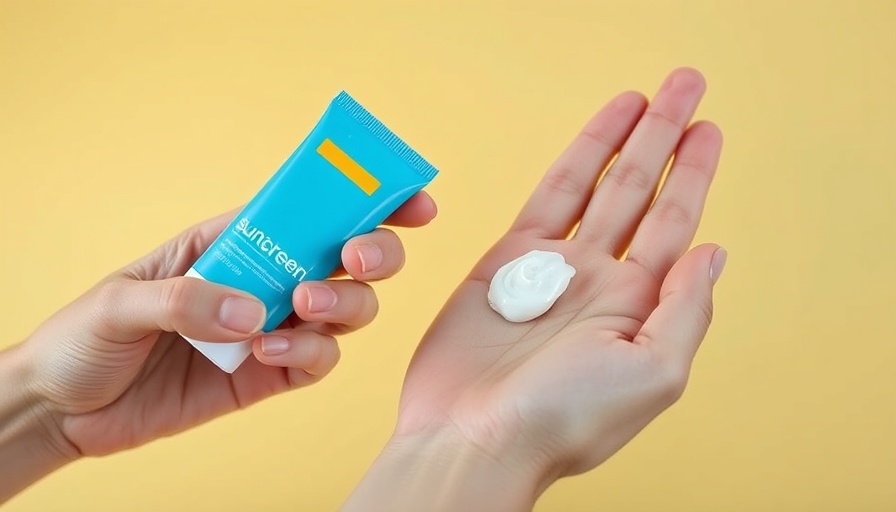
The Impact of Sunscreen on Vitamin D Production
As the summer sun beckons, many of us eagerly embrace outdoor activities, especially in the sports community. However, with this indulgence also comes a common concern: does sunscreen interfere with our body’s ability to produce vitamin D? This question has sparked much debate, especially among athletes who are particularly vulnerable to both sunburn and vitamin D deficiency.
Understanding Vitamin D and Its Importance
Vitamin D is essential for numerous bodily processes, including bone health and immune function. Primarily synthesized when ultraviolet B (UVB) rays from the sun penetrate the skin, vitamin D can also be obtained through dietary sources such as fatty fish, beef liver, and fortified products. For active individuals, maintaining adequate vitamin D is crucial, as it plays a role in muscle function and recovery.
The Myth: Does Sunscreen Block Vitamin D Production?
Debate around sunscreen's role in vitamin D production often centers on the fear that applying sunscreen effectively prevents the skin from absorbing enough sunlight to produce this vital nutrient. However, research suggests that while high-SPF sunscreens can slightly reduce vitamin D synthesis, **the impact is minimal**. Studies have shown that individuals using sunscreen still produce vitamin D as some UV rays penetrate the skin, even when sunscreen is applied. This means that, while it is essential to protect our skin from harmful UV radiation, sunscreen doesn't entirely block vitamin D synthesis. Those with lighter skin tones may only need a brief 10-15 minutes of sun exposure several times a week to maintain adequate levels of vitamin D.
Real-Life Examples and Studies
Recent studies highlighted in health articles emphasize that individuals who routinely apply sunscreen still maintain adequate vitamin D levels without significant risks of deficiency. For instance, a report from Australian researchers demonstrated that outdoor enthusiasts who used sunscreen regularly had no noticeable difference in their vitamin D levels compared to those who seldom applied it. This challenges the notion that sunscreen is an enemy to vitamin D.
Balancing Sun Exposure and Skin Protection
The key takeaway is balance. While enjoying outdoor activities, remember that proper sun protection is crucial for preventing skin damage and reducing the risk of skin cancer. It’s advisable for athletes or those concerned about their vitamin D levels to consider short, unprotected sun exposure periods, ideally between 11 AM and 3 PM, when the sun is most effective for vitamin D synthesis. Afterwards, applying sunscreen ensures protection against burning.
When to Consider Vitamin D Supplements
For individuals at risk of deficiency—such as those in regions with limited sunlight or individuals who have darker skin—considering a vitamin D supplement may be prudent. Consultation with a healthcare provider can help determine the best course of action, especially during colder months when sun exposure is limited.
Final Thoughts
Understanding the relationship between sunscreen use and vitamin D production can alleviate concerns while allowing active individuals to enjoy the sun safely. Embracing both proper skin protection and maintaining vitamin D levels is essential for overall health, particularly for those who lead active lifestyles.
For those looking to enhance their fitness journeys, remembering these tips can lead to more informed decisions about outdoor activities, skincare, and dietary habits. Embrace your time in the sun responsibly!
 Rij toevoegen
Rij toevoegen






Write A Comment